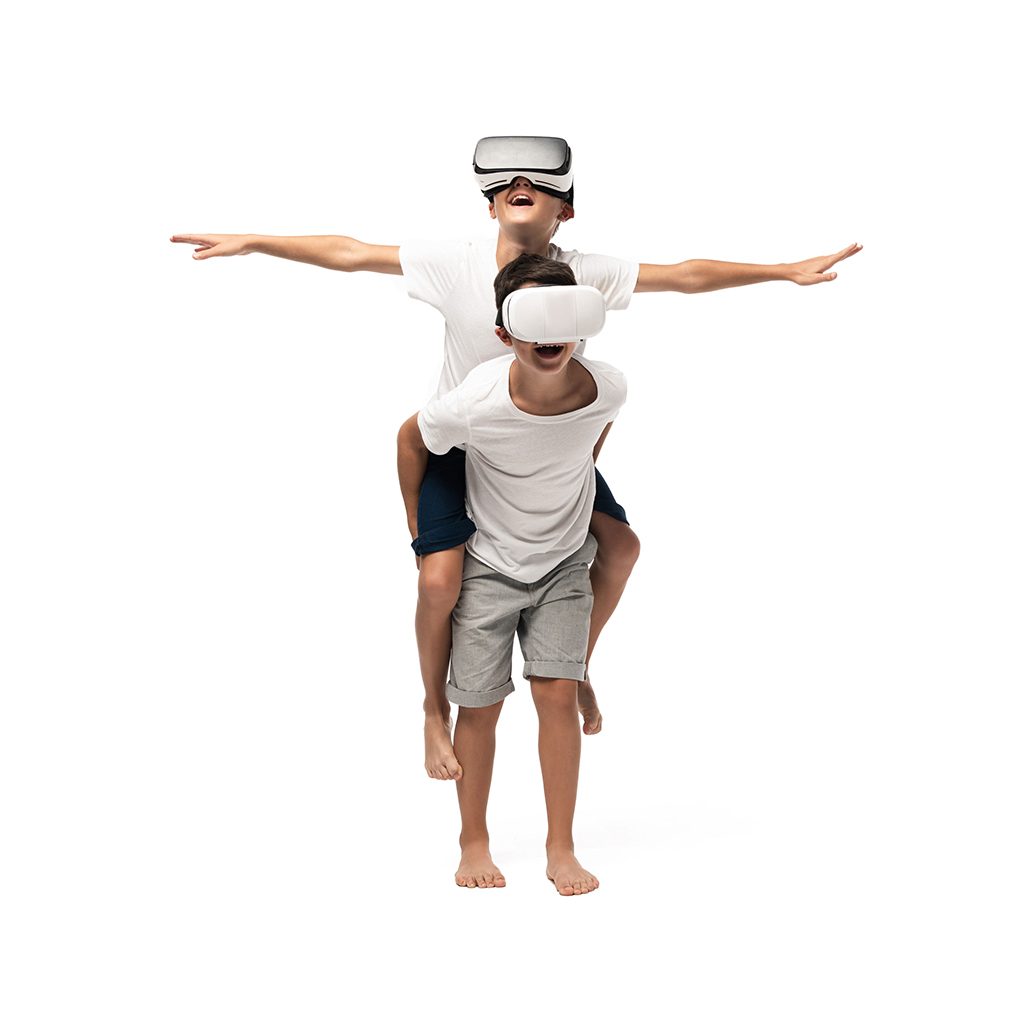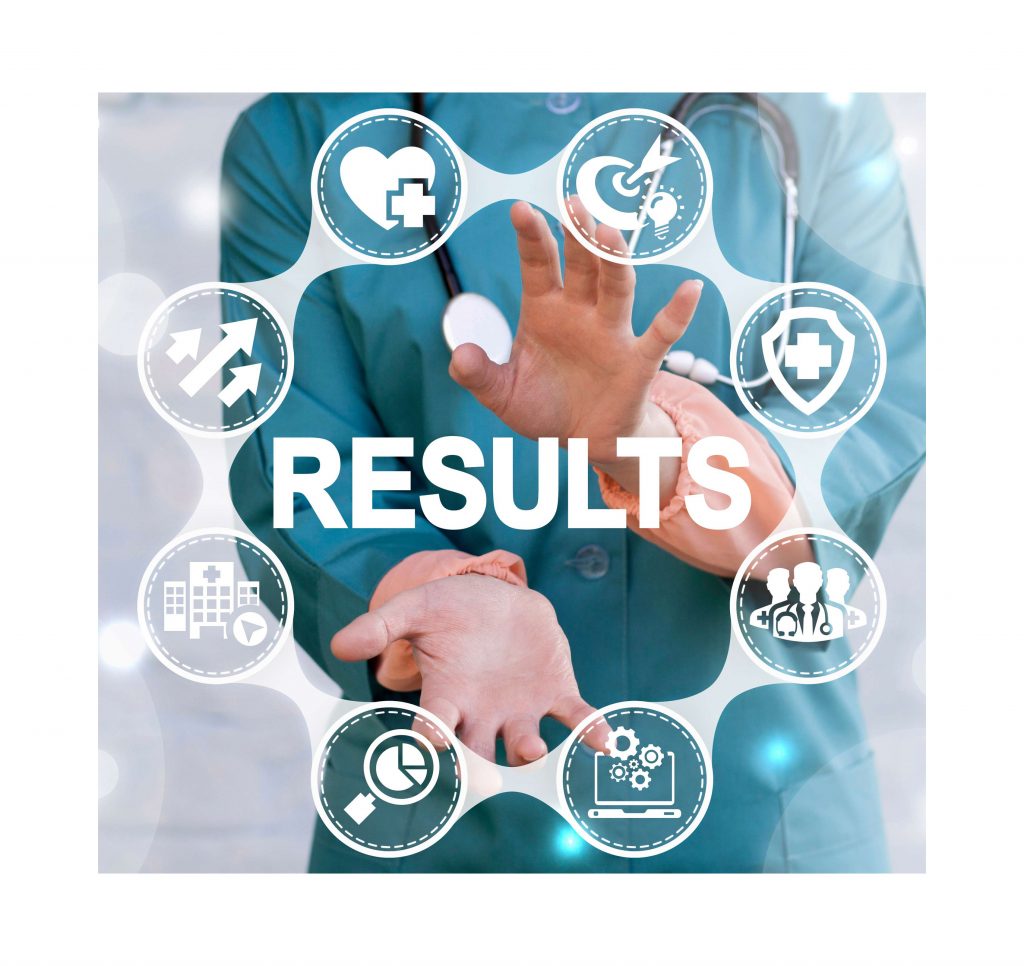VR Project
If The Internet Revolution Has Dominated The Last Two Decades, Virtual Reality (VR) Is Expected To Be The Next (Very Near) Revolution
Well-known among gamers of all ages, the adoption of virtual reality has rapidly reached different sectors other than entertainment, such as professional training and clinical treatments. Thanks to the affordable costs of VR hardware (e.g., Google cardboard costs ca. €10) and the availability of software that supports a vivid sensorial immersion in 3D-animated worlds, children have become the target demographic. Yet, very little is known about the impact of VR on the body, cognition, and social relations, especially during child development.
To date a relative small amount of studies has been conducted on VR with children.
Some of these studies have shown that VR can efficiently support children’s learning, thanks to an immersive sensorial experience that enhance children’s engagement and information retention; others have demonstrated that VR can be employed to treat children’s emotional and relational problems such as depression and anxiety. More recently, an extensive investigation in the USA and UK has provided an overview of the challenges and possibilities of VR for children and adolescents (Dubit trends survey, 2017). Results show that American children are more familiar and more interested in VR technology compared to UK children; adolescents from both countries (11-15 years) have a better knowledge of VR than younger children (8-10 years); and both old and young children would like to use VR to visit a fantasy world or have adventures in places they cannot go in reality. The same research involved a small group of children, aged 8-12 years, in a qualitative study to test the impact of VR on children’s health and safety. Researchers found that problems to eyesight, binocular coordination and balance, commonly reported by adult users, were experienced only by a minority of children.
These results, together with other recent projects on VR carried out in outstanding institutions (e.g., Stanford University Virtual Lab; MIT Media Lab), let us assume that VR promises to be a technology suited to children’s and adolescents’ functioning and development.
Project Objectives
The main aim of this EU-funded research project is both to explore the positive and negative impact of VR technologies in educational contexts and to contribute to their technical improvement and usability in schools and families. More specifically, we intend to focus on five research areas aimed at providing a better knowledge about the impact of this technology on children’s education, health and wellbeing, more broadly.
The following areas and research questions have been considered:
- Software (VR content): What is the most effective content to be used to test the positive and negative impact of VR on children (e.g., appealing, engaging, popular among peers).
- Hardware (VR headsets): What are the technical aspects of VR hardware that enable or limit children’s adoption of this technology
- Individual versus social use: Is an individual use of VR more effective compared to a collective use (e.g., using VR with others)?
- Children’s individual skills: Can VR support the development of children’s skills (e.g., protect from internet risks) as well as skills’ persistence and transferability to different situations and contexts?
- Ecological factors: How can children’s relational contexts (families and schools) and environmental aspects (places of use) enable or limit children’s skills?

Method
Four primary schools with different characteristics and ethos participated in the study and actively contributed to the different research phases over a period of 10 months.
The methodology relied on a mixed-method research design, which comprised questionnaires and focus groups with parents, children and teachers and an experimental session with children attending 6th class (11-12 years old).
Further Steps
By the end of this year (2018), we will provide schools with a customised research report and a product/service for the usage of VR.
We plan to continue to improve our research and development capacities to support children, their families, teachers and principals with educational solutions based on the potential of new and emerging technologies.

Expected Results
The results of this project will provide not only new knowledge on VR and its impact on children and their caregivers, but it will also contribute to the development of new and more positive ways to use technology like this in school. The immersion in virtual situations will foster the development of children’s skills, especially those having learning and behavioural difficulties. In addition, we expect that the possibility to be immersed in a virtual controlled and protected environment allows both teachers and parents to guide their children/pupils through risky situations (not possible to reproduce in real life), such as cyberbullying, and sustain the development of coping skills and self-regulation strategies, besides improving parent-child communication. Lastly, our findings will inform the development of products/services for schools and families that harness the potential of VR technologies and their application in educational settings.
Funded By EU & UCD Dublin

